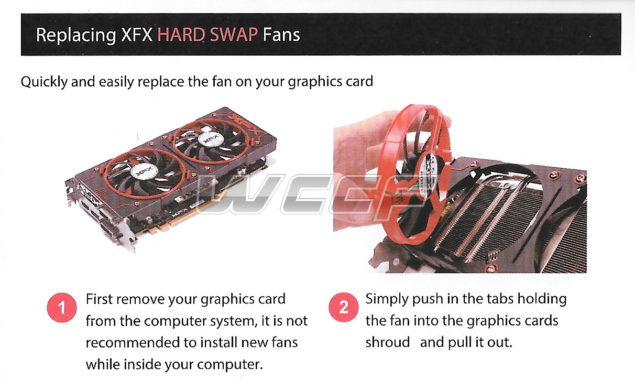jimmysmitty :
Sakkura :
jimmysmitty :
So you are saying it is all just a coincidence?
It is still higher than spec power draw and AMD could have avoided all of this by just adding a 8pin connection to it instead so the PCIe port would draw less power.
Why are you refusing to read my posts? I specifically said that the issue with the card was exposing an issue with the motherboard.
I am not. I just don't think it is the motherboard that is the issue I think it is the GPUs power draw. If this happened with nVidia I would be on the same page it is just odd that people who ran older, higher power draw cards did not have this issue because those GPUs did not pull as much power from the PCIe slot.
It is too much of a coincidence.
Oh FFS. Just read one of my replies, I've explained the concept perfectly well. There isn't necessarily a single cause of such a problem.
If you run current through a wire, and the wire burns, whose fault is it? The wire for not being thick enough, or the current for being too strong?
It's the combination.
What we have in this situation is a graphics card pulling more current than the specification allows. But we also know that the current the graphics card pulls will not cause a properly constructed motherboard to sustain damage. The articles have explicitly said so. So the graphics card issue exposed a pre-existing issue in the motherboard. This is not a coincidence, as you keep erroneously claiming, it is in fact cause and effect.


